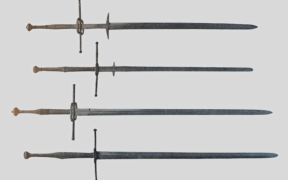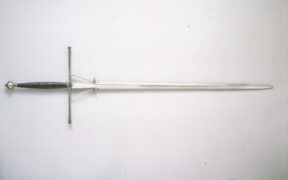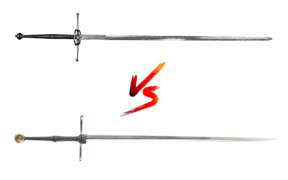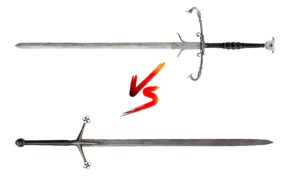Mastering the Zweihander: Techniques and Fighting Styles
NO AI USED This Article has been written and edited by our team with no help of the AI
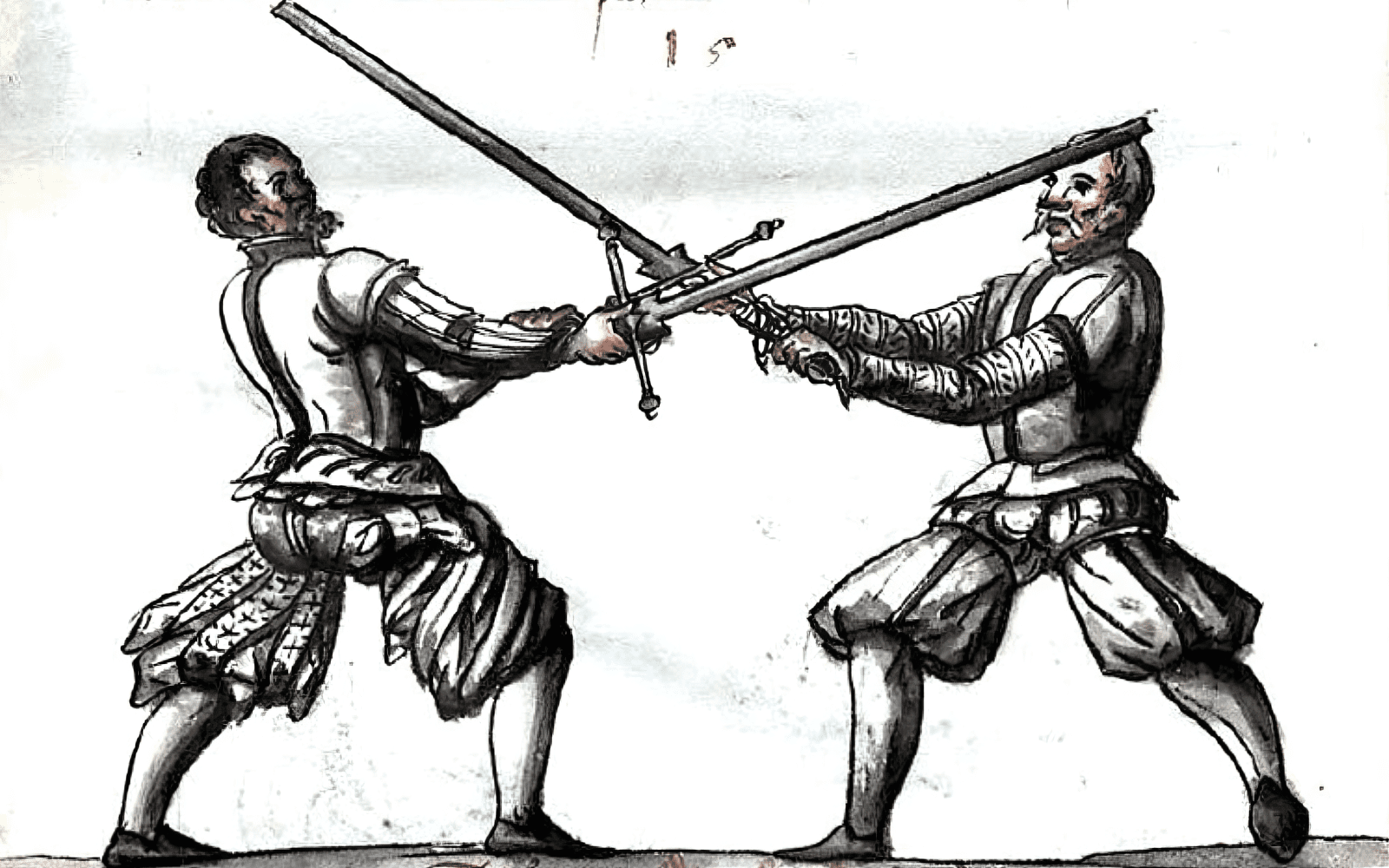
Mastering the zweihander is unlike any sword due to its sheer size and mass. Inspired by the German longsword, some techniques of the longsword do translate to the zweihander. However, the two-handed weapon’s weight and inertia when in motion makes it difficult to control.
This article explores how one masters the zweihander along with the different techniques and fighting styles.
What is a Zweihander?
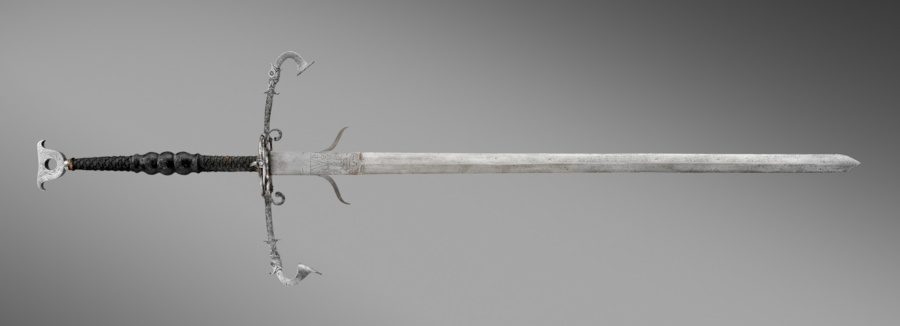
The zweihander is a true two-handed sword, meaning that it has to be wielded with both hands. It is also known as doppelhänder, beidhänder, bihänder, or bidenhänder, all terms that roughly translate to “two-handed” or “double-hander” that emerged during the Renaissance Period. It was the hallmark weapon of the Landsknechts of Germany.
Used mainly in the 16th century, this two-handed sword is called a montante by the Spanish and Portuguese, while the Italians name it spadone.
The Zweihander’s Design
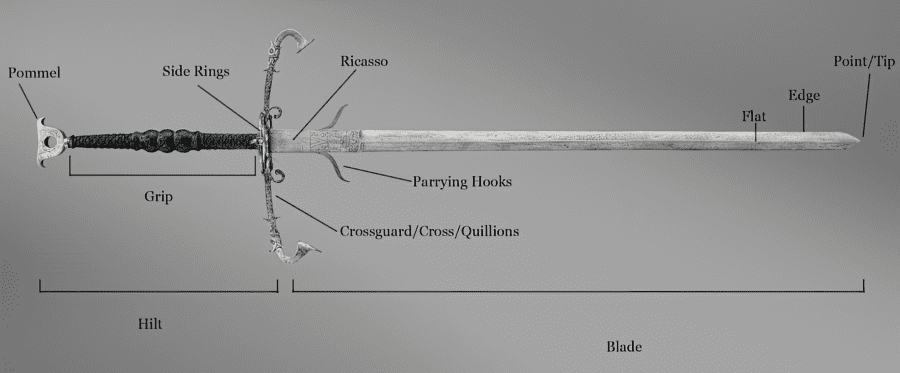
Zweihander swords are believed to have developed from the bastard sword and longsword of the Late Middle Ages. They were the final versions of the trend of large swords that began in the 14th century.
To understand the techniques and fighting style of the zweihander, one must first understand its design and intention:
- Blade – The straight slender blade can be single or double-edged with a sharp or blunted tip.
- Parrying hooks – Sometimes called parierhaken or schilden, these hooks were present on later versions of the zweihander, and protrude from the blade above the crossguard.
- Ricasso – This unsharpened part of the blade allowed its wielder to grip above the guard for greater strength.
Although it appears to be much bigger than other swords, this greatsword does not appear as heavy as it looks, averaging around 3 – 7 lbs (1.4 – 3.2 kg) and measuring about 59 – 68.9 inches (1.5 – 1.75 m) long. Larger versions of the zweihander are usually reserved for ceremonial use.
Advantages & Disadvantages of the Zweihander
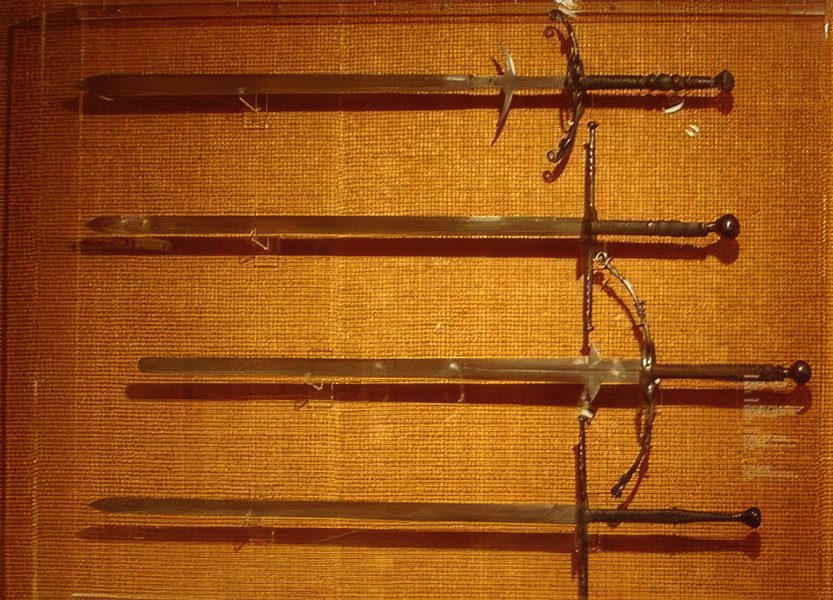
After understanding the design of the zweihander, a good practitioner would naturally know the sword’s advantages and disadvantages:
Advantages
Due to the zweihander’s size and weight, it is excellent for breaking through defenses such as formations and shields. Additionally, the large blade could give one a boost of confidence which is crucial in influencing the outcome of battle.
Disadvantages
While its sheer size comes with advantages, it can also have its drawbacks. Due to its size, only those trained can wield it effectively. It also means that it will not function well in close-quarter combat. Since it has a long hilt that acts like a lever, the hand closest to the blade acts as a fulcrum. While it is still possible to use the zweihander with one hand, it would be less effective.
The size of this sword also means that it is demanding in terms of cost, time, and effort to manufacture. For these reasons, those trained to wield the zweihander went through specialized training and were paid double to fight.
Zweihander Fighting Techniques
Modern sword schools and Historical European Martial Arts (HEMA) are great for any enthusiast who wants to learn basic stances and grips along with key techniques for mastering the zweihander.
As mentioned briefly above, there is some overlap of German longsword techniques with those of the zweihander as both swords focus on combining attacks from positions that allow for defense.
However, compared to the longsword, the zweihander is a more defensive-oriented weapon due to its longer range. Due to its size, it was historically wielded by highly trained soldiers known as doppelsöldner who fought at the front lines. Those who use the sword have to be in peak physical condition as constant swinging of the zweihander is required to prevent opponents from finding gaps in one’s defense.
Zweihander Parts in Combat
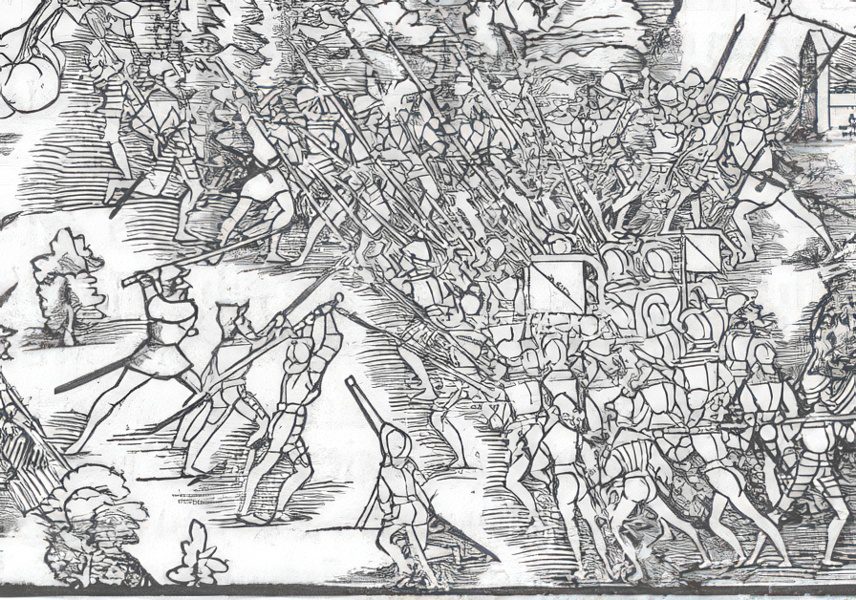
Despite its size, the zweihander was designed to be versatile and effective. Its main function was to be used in fighting close pike formations in the late 15th and early 16th centuries. Its uses include:
- Blade : Cutting and thrusting
- Hilt : Smashing or pummeling
- Quillons: Hooking the opponent or their weapon
- Parierhaken: Secondary handguard that appear like spikes above the unsharpened ricasso of the blade to allow half-sword techniques, aiding its wielder’s leverage and protecting one’s hands from a sliding blade.
When fighting polearms, the zweihander could be used to chop the shafts. Unlike a traditional sword, the zweihander had a specific role as a breaching weapon.
Manuscripts & Treatises
There are several sword-fighting masters and 2 manuscripts that discuss the use of the zweihander. This includes Carlo Giuseppe Colombani, Diogo Gomes de Figueyredo, Pseudo Peter von Danzig, Sandro Altoni, Pablo de Paredas, Joachim Meyer, Andre Paurnfeyndt, Francisco Roman, Jaime Pons de Perpignan, Pedro de la Torre, Henry de Sainct Didier, Achille Marozzo, Domingo Luis Godinho, Maarten van Heemskerck, and George Silver.
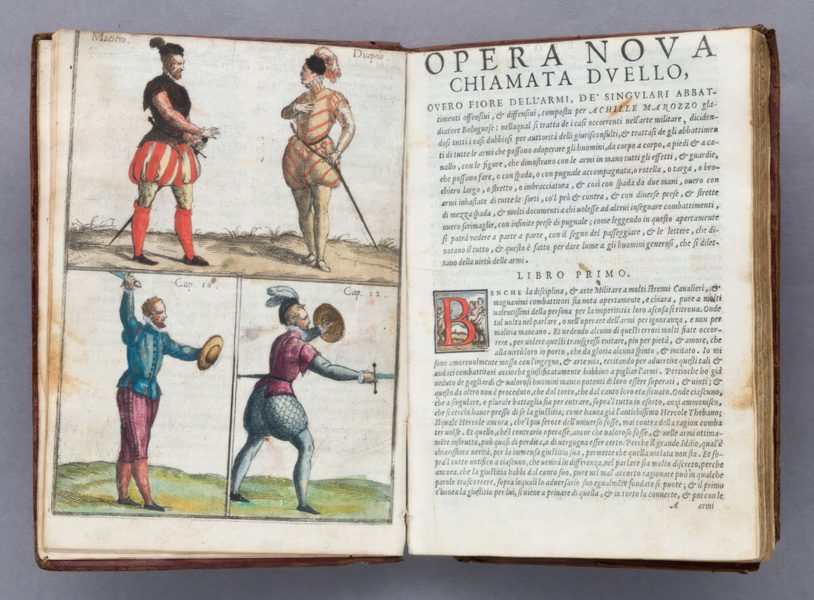
Here are some images from Marozzo’s 1536 manuscript Opera Nova where he illustrated various techniques:
- First book – Sword and Buckler
- Second book – Single dagger, single sword, sword with weapons
- Third book – Greatsword
- Fourth book – Pole weapons
- Fifth book – Dueling, Unarmed vs Dagger
In his third book, here are some of the techniques using the two-handed sword:
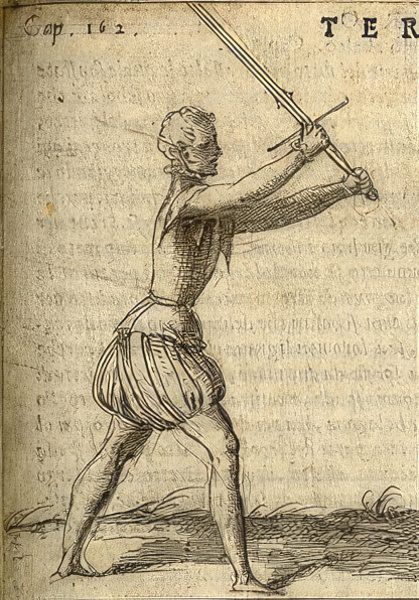
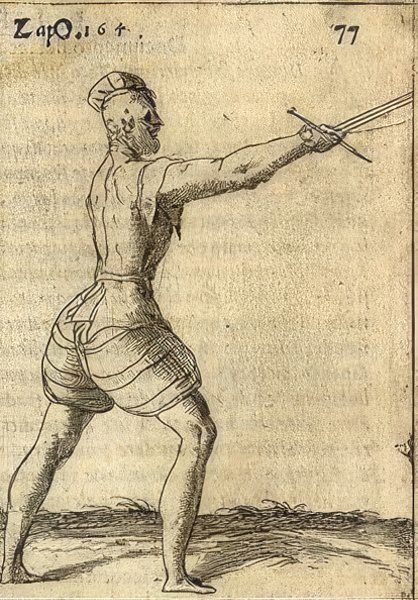
Greatswords vs Pikes

Pikes are versatile and deadly weapons that can reach up to 20 feet (6.1 m) long. It began as “long spears” used by the ancient Greeks, Romans, and Saxons. As Swiss mercenaries began utilizing 14 to 18-foot-long pikes, their prior experience with long spears gave them the advantage of dexterity and speed. Used in formations called “bands”, it resulted in both a great offense and defense technique in the open field.
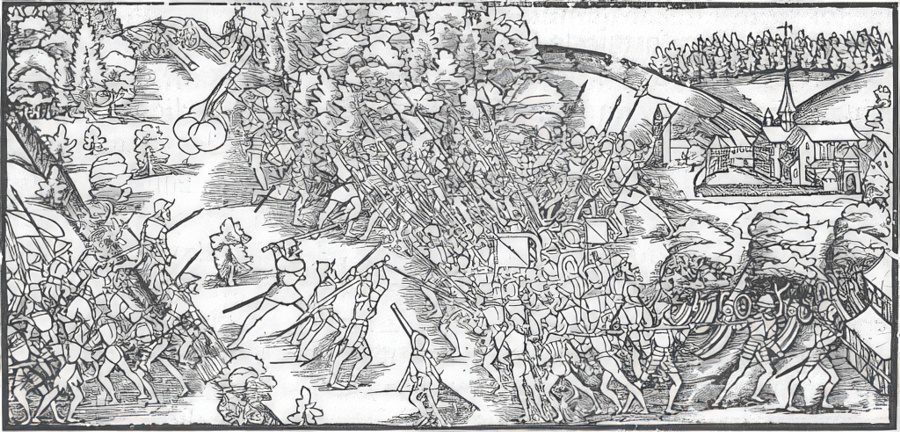
As one of the heaviest and biggest swords, greatswords were believed to have been used against pikes to break their formations at the frontlines. It is said that Emperor Maximilian I felt threatened by the Swiss infantry who secured their victories using pikes in the battles of Morat and Nancy. Hence, he created the Landsknecht mercenaries in 1486.
Although most of the Landsknecht mercenaries were pikemen, they also had doppelsöldners who wielded the zweihander against pike formations. One good example is during the Battle of La Bicocca in 1552 where the Swiss pikemen were defeated by the German Landsknechts.
Use of A Greatsword in Armor
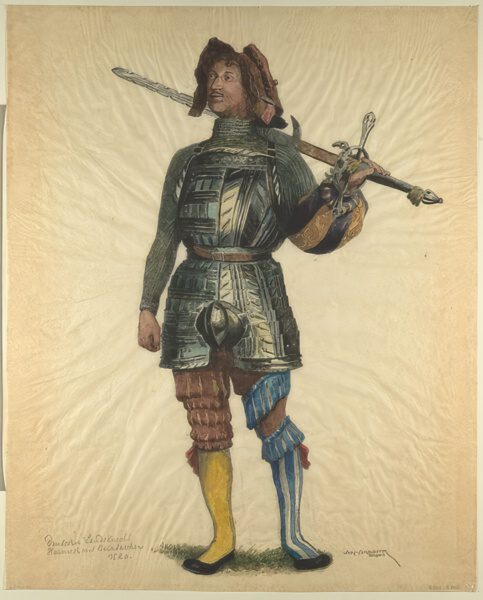
Greatswords like the zweihander were used in late medieval and Renaissance Europe, primarily by the infantry. Touted as some of the most formidable weapons in history, they are great indicators of the skill and prowess of the military in those times, garnering their popularity in fantasy games, books, and various media today.
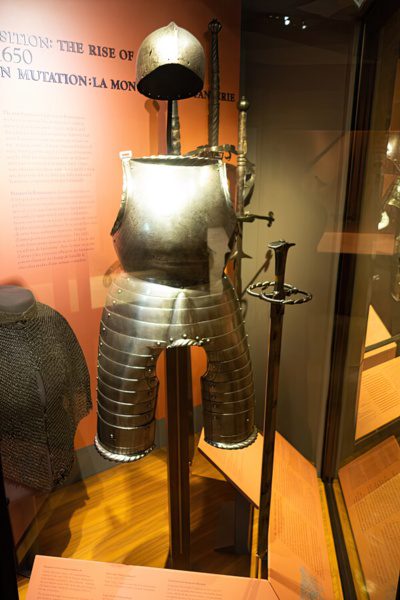
In battle, the Landsknechts were suited in armor. While most were pikemen, how did the doppelsoldners who wielded the heavy zweihander cope with wearing armor? This ultimately depends on the type of armor, its design, and weight.
While some enthusiasts remarked that it does delay the use of the sword, others said that it does not slow down the use of the zweihander, but potentially affects its wielder’s endurance and stamina. Unless we can rewind time, our best guess would be through videos on experiments conducted by various practitioners.
